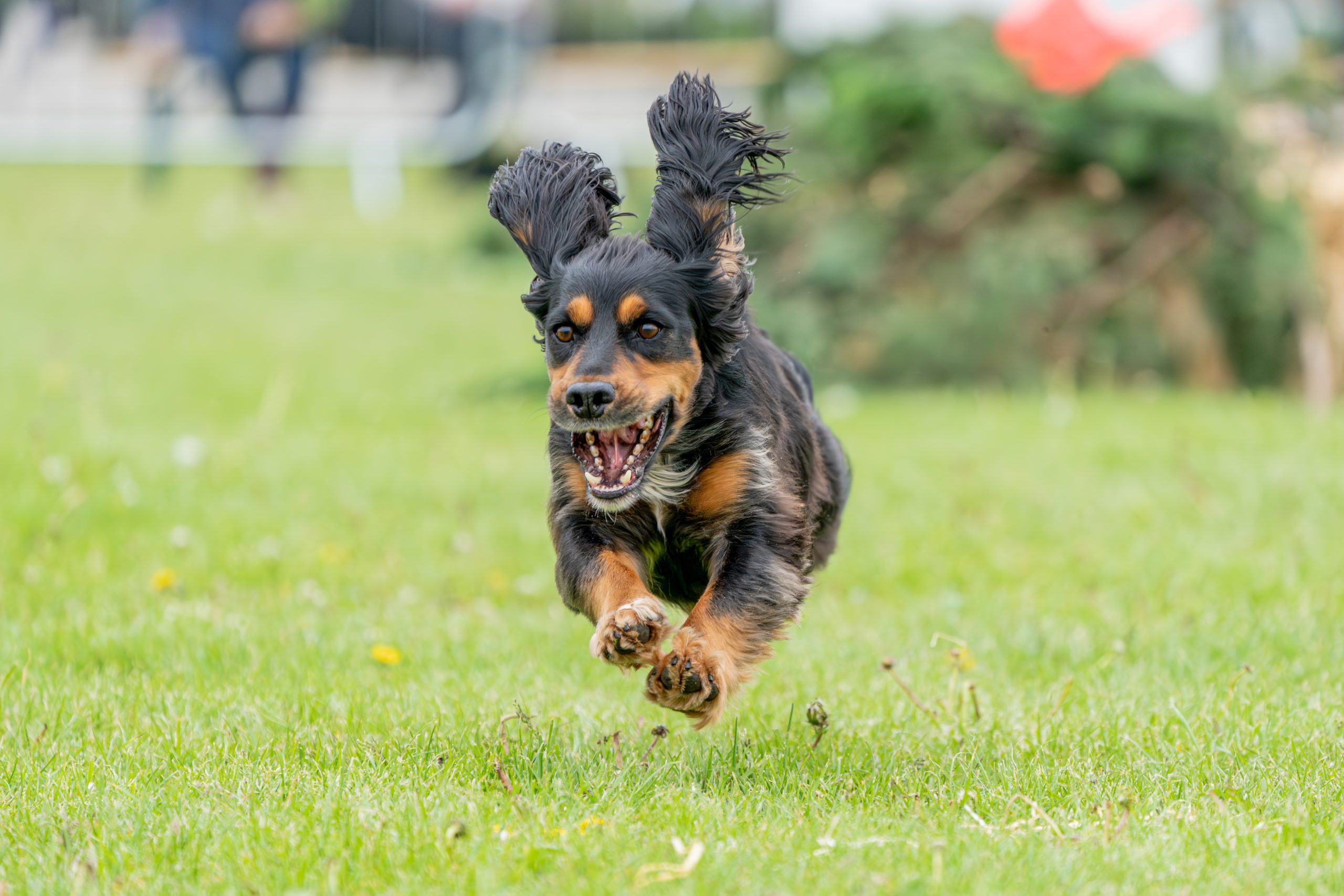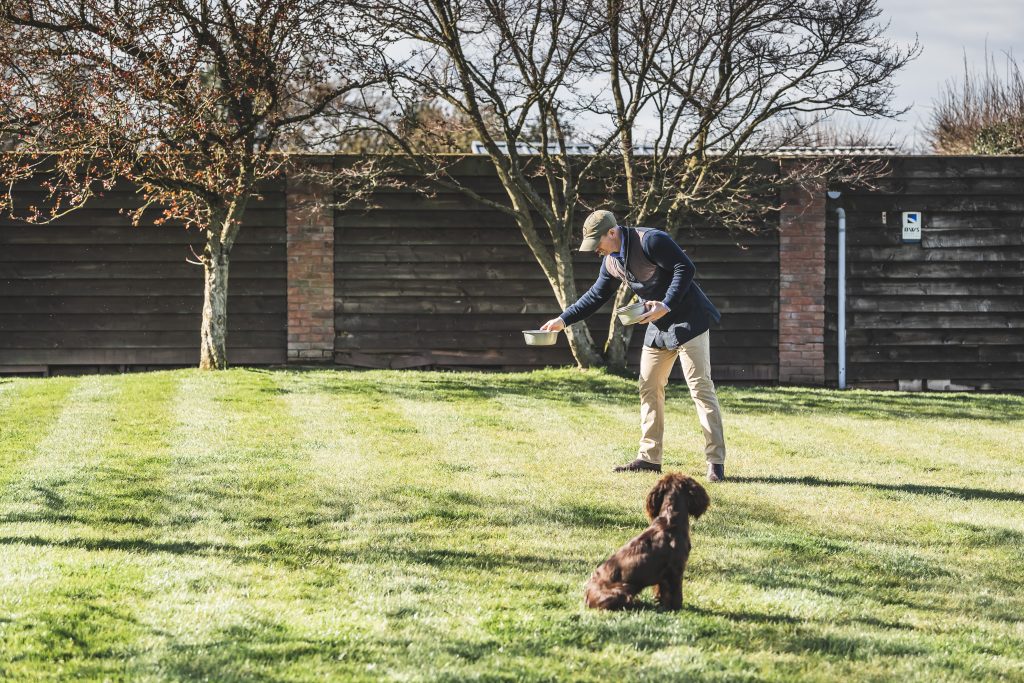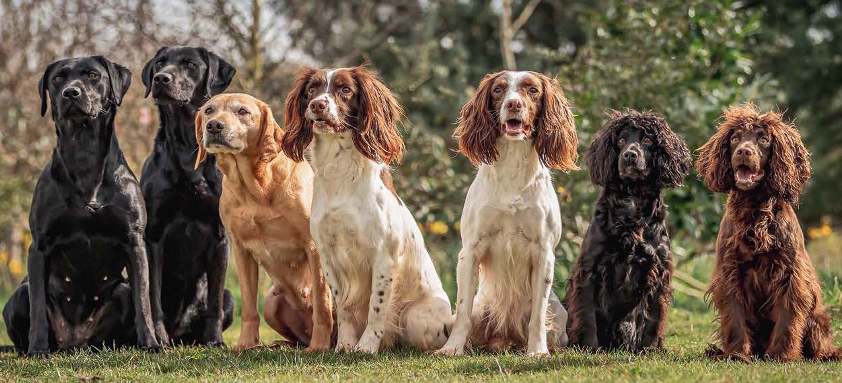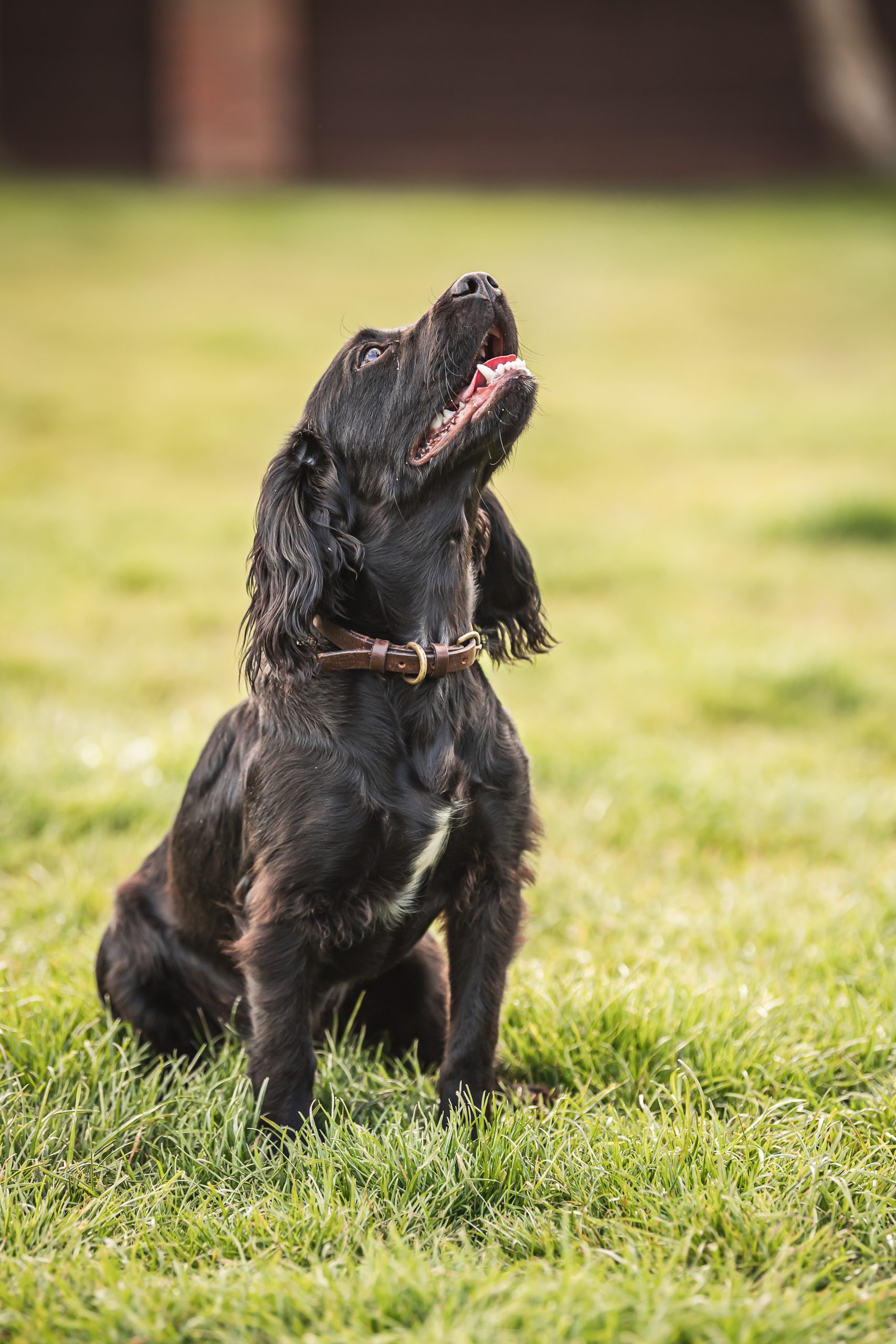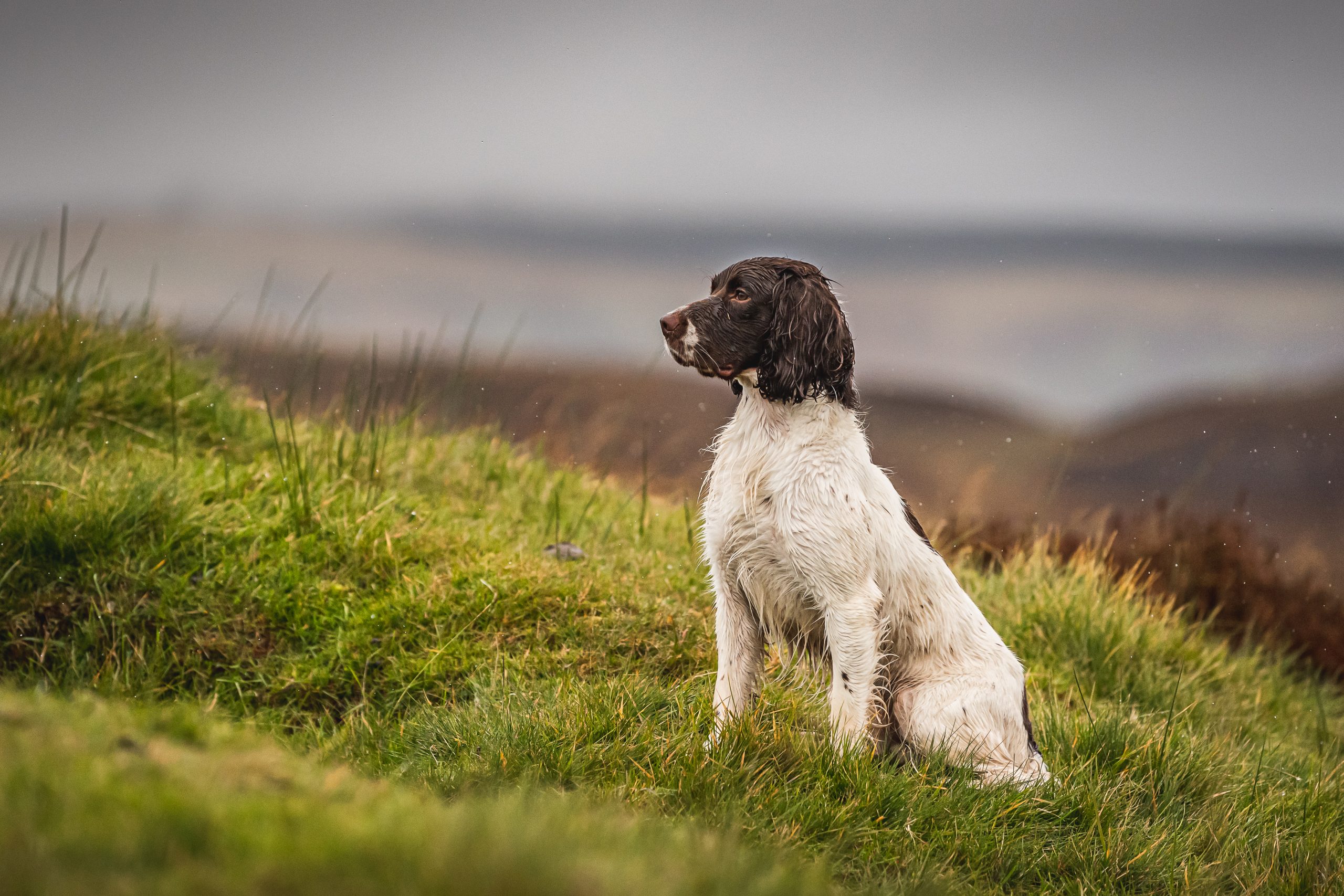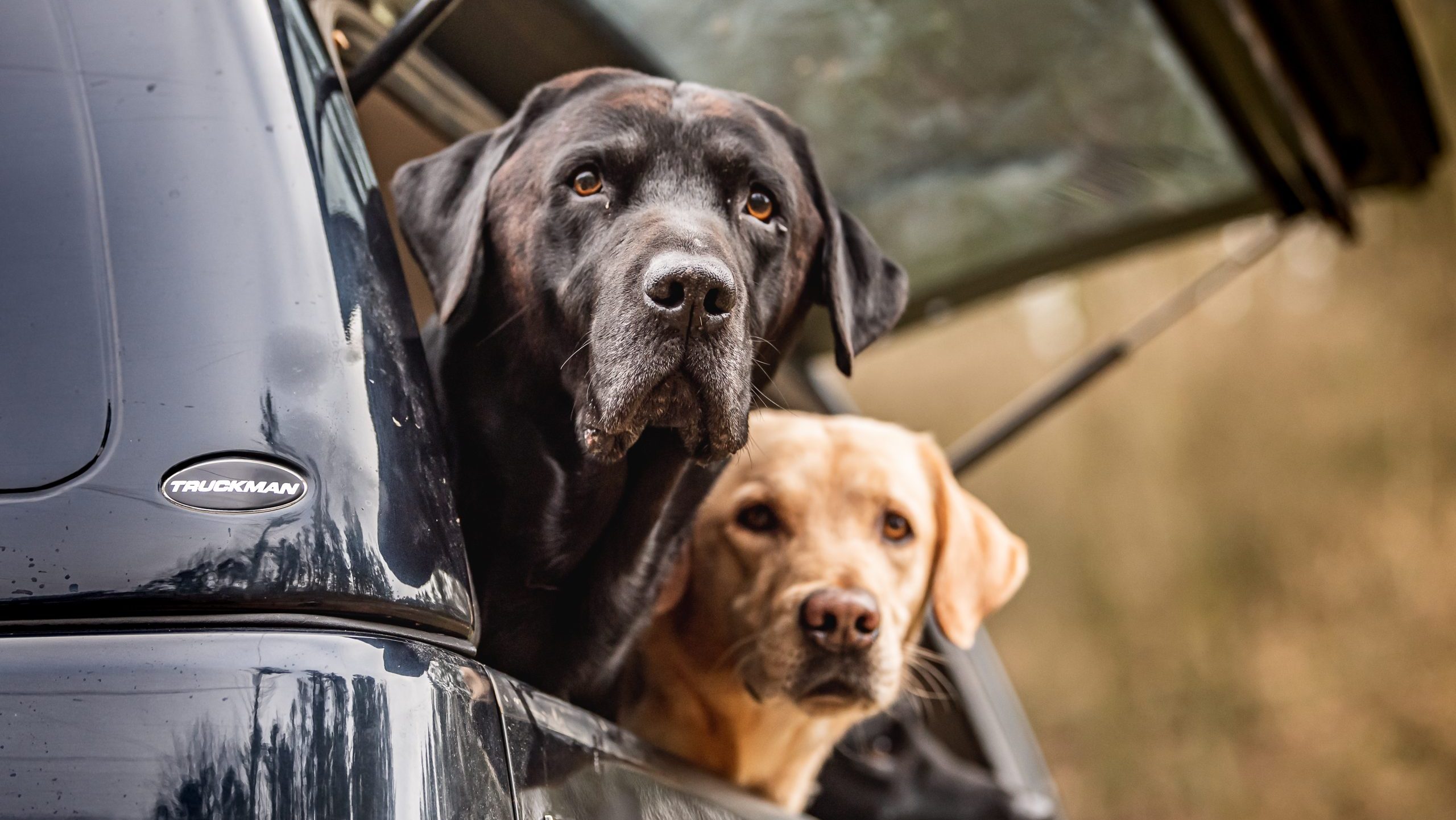Training
Beyond words
Understanding body language – how to use it and how to read it – is a key principle of successful gundog training. It is crucial that we are able to read our dogs and give thought to how they will read us.
Would you like to appear on our site? We offer sponsored articles and advertising to put you in front of our readers. Find out more.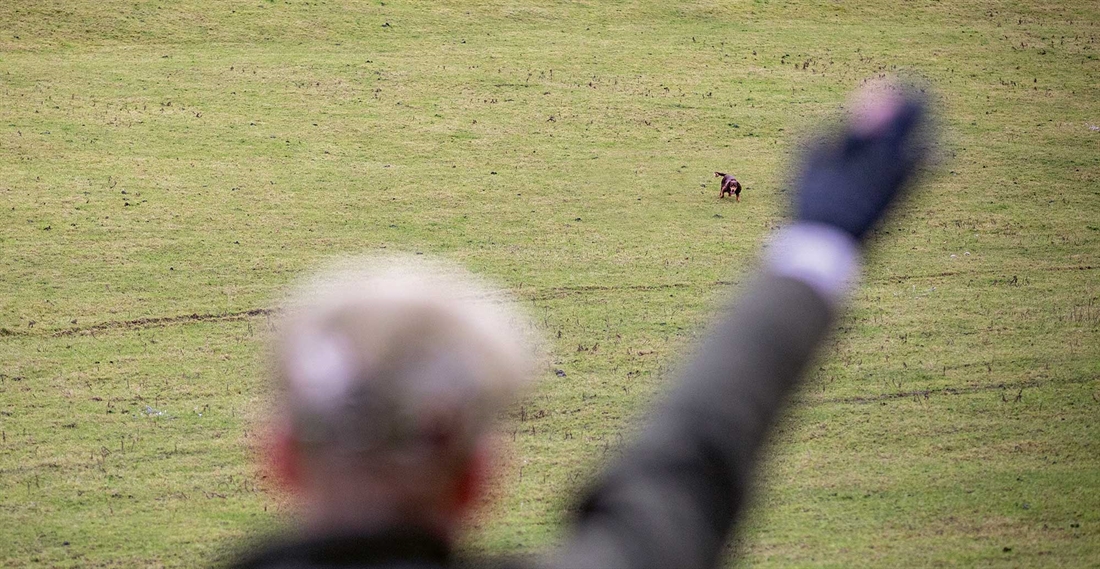
There are three things anyone with a gundog would do well to remember: 1) dogs are not small, furry humans; 2) the dogs of today are not wolves; and 3) they are not robots, either. Each of these, it would seem, are common misconceptions when it comes to the training of any dog.
‘Point 1’ is of particular relevance to this article; anthropomorphism is as counterintuitive to the successful training of a dog as the word itself is difficult to enunciate. We should never assume a dog’s level of understanding can match that of our own – dogs do not think in the same way that humans do. Indeed, the most successful dog trainers are those who recognise this and ‘think like a dog’ – or, more specifically, ‘the dog’ which is the subject of their training. After all, if there is one thing dogs definitely have in common with humans, it is that they, too, vary in personality.
The best trainers understand their dogs. And key to this is a thorough comprehension of a dog’s language.
“Body language, touch, tone and excitement – that’s how dogs communicate,” says Buccleuch Gundogs’ David Lisett. “Remember, dogs can’t talk.” It’s important, then, that we learn to both read our dogs and give thought to how they will read us.
Dogs use their body language to convey whether they are happy, excited, nervous, fearful, unsure or curious. Gaze, posture and weight distribution all play their part, as does the position of a dog’s ears and tail. So it’s these factors we must consider whilst training or handling our dogs.
Context is important here, though. A dog with its ears pricked, an upright posture and focused gaze might be curious or confused – two very different states of mind. This highlights the need to take into account the situation in which the mannerisms present themselves. Ultimately, our own experience with dogs will play a large part in the extent of our understanding, too.
Training methods have unquestionably come a long way in the last 20 years, and today we have a much better understanding of how we can win a dog’s respect whilst maintaining a harmonious relationship with them.
“The training methods used today are much more psychological, and learning how to read and use body language is key to this,” continues David. Indeed, the methods of old which centred on dominance through aggression – and which surely ruined as many dogs as they made – have been replaced by these smarter approaches which are a result of improved knowledge of how dogs think. Besides, training and working our dogs should be fun and enjoyable for both parties, should it not?
“Learning to read a dog’s body language will help enormously in its training, but it will also make yours a more fruitful partnership,” agrees Ben Randall at Beggarbush Gundogs. “When you’re ‘in tune’ with a dog, you will also know when it’s onto something, and be able to anticipate when it is about to flush or pick game. Hence you will be more effective at putting game in the bag.”
In his book, In defence of dogs, the well-known biologist and director of Anthrozoology at Bristol University, John Bradshaw, states: “People often fail to see what their dog’s body language is telling them, blinded by explanations for their dog’s behaviour that rely more on projections of what they guess the dog is feeling.” This links back to the opening reminder to always remember that dogs do not think like humans. It also highlights the need to remember ‘point 3’ in the first paragraph: dogs are not robots. “With any one of my dogs, I can tell within the first 30 seconds of getting them out of the kennel if they are going to have an off day,” claims Ben Randall.
Of course, on the other side of the coin is how our dogs perceive us. And this is crucially important. Even if we do not realise it, we all communicate with our dogs through body language every day. It is amazing how proficient dogs are at reading social cues in humans, hence why many experts advise not to train if ever you feel stressed or in a bad mood. How we move and hold ourselves while training and interacting can say more than we realise.
Consider, for example, how our facial expressions and posture change subconsciously during a phone call, according to the subject or tone of conversation. Or how our dogs pick up on the fact that we are preparing to leave the house simply by our slightly altered sense of urgency – long before we’ve slipped on our shoes and reached for the keys.
Not surprisingly, this ability to read the body language of humans stays with our dogs in the training and shootingfield, too. Therefore, clear and confident commands are the order of the day. Our body language must not contradict verbal commands, i.e. our gaze must point to the same area as our outstretched arms – just as we must come across as inviting, with our arms wide open and body close to the ground, when teaching a pup the recall.
“Question yourself whilst you are training your dog, and ask yourself ‘why am I doing that and how will it be perceived by the dog?”’ says David Lisett.
Jayne Coley of Waterford Gundogs, agrees: “When you train a dog, think about your voice and body language, and what your hands and arms are doing. If you are tense and hesitant, it can affect how you handle your dog and, in turn, how your dog reacts. Trying too hard is another common mistake, as the handler’s demeanour can crush a sensitive soul. Stay relaxed and attentive.”
“There’s no doubt that dogs exploit weak body language,” adds Ben Randall. “And if a dog is struggling to grasp an exercise, it’s always worth stopping and considering why it is that they may not understand it. It’s often a case of miscommunication and confusion rather“… dogs are proficient at reading social cues in humans, hence why many experts advise not to train if ever you feel stressed or in a bad mood.”
Related articles
Training
Patience is a virtue
It’s a skill that is often overlooked in training, but which is vital for all gundogs. Ben Randall explains how to capitalise on some everyday opportunities to practice it, now that spring is here.
By Time Well Spent
Training
The theory of puppy training
When you collect your puppy – and at every stage thereafter – you’ll need a safe and secure form of transportation. Here are four high-quality options to suit all requirements.
By Time Well Spent
Get the latest news delivered direct to your door
Subscribe to Gundog Journal
Unlock the full potential of your working dog with a subscription to Gundog Journal, the UK’s only dedicated magazine for gundog enthusiasts. Published bi-monthly, this authoritative resource delivers expert training advice, in-depth interviews with top trainers and veterinary guidance to help you nurture a stronger bond with your dog.
Whether you’re a professional handler, breeder, or simply passionate about gundogs, each issue offers a wealth of knowledge on breeds like labradors, spaniels and vizslas. Subscribers gain access to topical articles, real-life stories and exclusive offers from trusted brands.
With stunning photography and thought-provoking content, Gundog Journal is your essential guide to understanding, training and celebrating these remarkable working breeds.


Manage Consent
To provide the best experiences, we use technologies like cookies to store and/or access device information. Consenting to these technologies will allow us to process data such as browsing behavior or unique IDs on this site. Not consenting or withdrawing consent, may adversely affect certain features and functions.
Functional Always active
The technical storage or access is strictly necessary for the legitimate purpose of enabling the use of a specific service explicitly requested by the subscriber or user, or for the sole purpose of carrying out the transmission of a communication over an electronic communications network.
Preferences
The technical storage or access is necessary for the legitimate purpose of storing preferences that are not requested by the subscriber or user.
Statistics
The technical storage or access that is used exclusively for statistical purposes.
The technical storage or access that is used exclusively for anonymous statistical purposes. Without a subpoena, voluntary compliance on the part of your Internet Service Provider, or additional records from a third party, information stored or retrieved for this purpose alone cannot usually be used to identify you.
Marketing
The technical storage or access is required to create user profiles to send advertising, or to track the user on a website or across several websites for similar marketing purposes.


